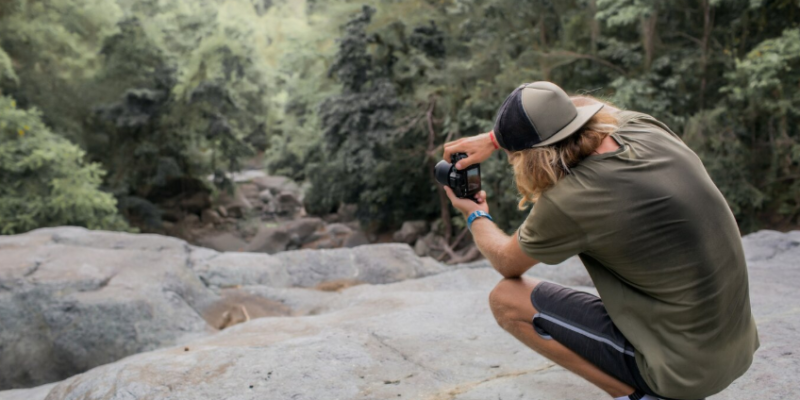Wildlife photography is a powerful form of storytelling that brings the beauty of the natural world to life. It is not just about taking pictures of animals—it’s about capturing the spirit, emotion, and essence of wildlife in its purest form. Each photograph tells a unique story, whether it’s a majestic lion surveying its territory, a flock of birds taking flight, or a tiny insect balancing on a flower petal. A well-timed shot can turn an ordinary scene into an eloquent image that speaks volumes about nature’s beauty.
Mastering the Craft of Wildlife Photography
Wildlife photography is an art that requires patience, skill, and an understanding of nature. Since animals do not pose for the camera, photographers must be prepared to seize the perfect moment. Here are some essential tips to help capture stunning wildlife images.
1. Understanding Animal Behavior
Successful wildlife photography starts with knowledge of the subject. Observing animal behavior, studying their habits, and understanding their environment can make a huge difference in capturing the right moment. For instance, knowing when an eagle is likely to swoop down for prey or when a deer will emerge from the forest can help photographers anticipate the best shots.
2. Choosing the Right Equipment
Having the right equipment is crucial for wildlife photography. Since many animals are best captured from a distance, a telephoto lens is essential. A camera with fast autofocus and a high frame rate can help capture fleeting moments, such as a bird in mid-flight or a tiger on the hunt. Additionally, a sturdy tripod ensures stability for sharp, crisp images.
3. The Role of Lighting in Wildlife Photography
Lighting is one of the most important elements in photography, and wildlife photography is no exception. The golden hours—shortly after sunrise and before sunset—offer the best lighting conditions, with soft, warm tones that enhance the details of the subject. Shooting in natural light creates a more authentic and eloquent image, adding depth and mood to the photograph.
4. Composition and Framing
A well-composed photograph captures not just the subject but also its surroundings, providing context and a sense of place. Using the rule of thirds, leading lines, and depth of field can enhance the impact of an image. Action shots, such as a bear catching a fish or a cheetah sprinting through the grasslands, add a dynamic and dramatic touch.
Challenges in Wildlife Photography
Wildlife photography comes with its fair share of challenges. Photographers often spend hours, or even days, waiting for the right moment. Weather conditions, lighting, and unpredictable animal movements can make capturing the perfect shot difficult. Additionally, working in remote locations requires physical endurance and safety precautions. However, the reward of capturing a breathtaking, eloquent image makes all the effort worthwhile.
Why Wildlife Photography Matters
Beyond its artistic appeal, wildlife photography plays an essential role in conservation. It raises awareness about endangered species, highlights environmental issues, and inspires people to appreciate and protect nature. A single eloquent image of an animal in its natural habitat can evoke powerful emotions and encourage action toward preserving wildlife.
Final Thoughts
Wildlife photography is a journey of patience, passion, and deep respect for the natural world. Whether you are a professional photographer or a hobbyist, capturing an eloquent image of the wild is a rewarding experience. It allows us to see the world through a different lens, appreciating the incredible beauty and diversity of nature in ways that words alone cannot express.
